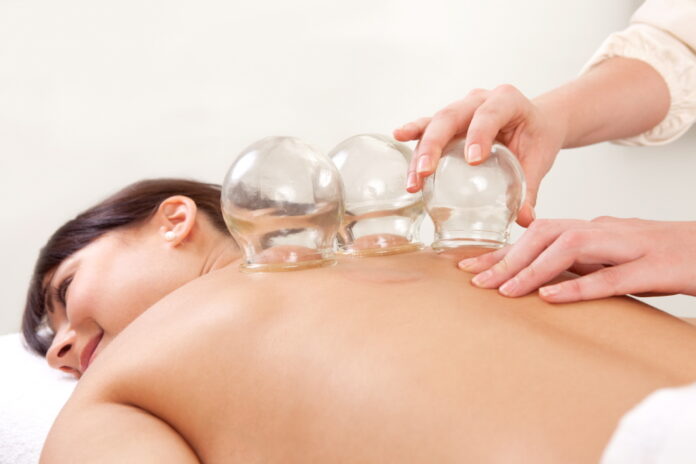- Mikyung Kim(1Department of Internal Medicine, College of Korean Medicine, Sangji University), Chang-ho Han(Department of Internal Medicine, College of Korean Medicine, Dongguk University)
- J Korean Med. 2021;42(4):75-101
Stroke is one of the leading causes of death worldwide, accounting for 10% of the world’s mortality1). Although stroke mortality is on the decline1), many stroke survivors still suffer from residual disability2). The aging of the population and the reduction in stroke deaths are expected to lead to further increases in the prevalence of stroke and socioeconomic burden in the future3).
Therefore, now is the time to pay attention not only to current stroke strategies mainly focused on emergent and intensive care in the acute stage but also to continuous monitoring and medical support for stroke survivors3). Interest in complementary and alternative medicine, represented by traditional or folk medicine, has been increasing as one of the methods to satisfy the unmet needs of stroke survivors4).
Cupping therapy is a form of intervention that provides negative pressure on the skin by suctioning the air inside a cup and has been widely used in multiple cultures throughout the world5,6). In particular, it has one of the most commonly used interventions in modern East Asian traditional medicine to date5). Indications of cupping therapy covered almost all systems of the human body and mind in traditional medicine1), including various complications experienced by stroke survivors6).
In 2010, Lee et al6). published the results of a systematic review of the clinical literature on the effect of cupping therapy for stroke rehabilitation. However, at the time, only two uncontrolled observational studies and three randomized controlled trials (RCTs) comparing the effects of cupping therapy with different unproven techniques were identified in the search, so only a narrative review of the clinical evidence available at the time for this topic was possible.
Therefore, this study aimed to update the findings of the previous study6) by systematically reviewing currently available RCTs, performing a meta-analysis and providing evidence-based information for those considering the application of cupping therapy for stroke patients. (→To be continued.)
References
1. Naghavi, M., Abajobir, A. A., Abbafati, C., Abbas, K. M., Abd-Allah, F., & Abera, S. F., et al. (2017). Global, regional, and national age-sex specific mortality for 264 causes of death, 1980–2016: a systematic analysis for the Global Burden of Disease Study 2016. Lancet, 390(10100), 1151-1210. doi: 10.1016/S0140-6736(17)32152-9.
2. Gresham, G. E., Fitzpatrick, T. E., Wolf, P. A., McNamara, P. M., Kannel, W. B., & Dawber, T. R. (1975). Residual Disability in
Survivors of Stroke — The Framingham Study. New England Journal of Medicine, 293(19), 954-956. doi: 10.1056/NEJM197511
062931903.
3. Ovbiagele, B., Goldstein, L. B., Higashida, R. T., Howard, V. J., Johnston, S. C., & Khavjou, O. A., et al. (2013). Forecasting the future of stroke in the United States: a policy statement from the American Heart Association and American Stroke Association. Stroke, 44(8), 2361-2375. doi: 10.1161/STR. 0b013e31829734f2.
4. Shah, S. H., Engelhardt, R., & Ovbiagele, B. (2008). Patterns of complementary and alternative medicine use among United States stroke survivors. Journal of the Neurological Sciences, 271(1), 180-185. doi: 10.1016/j.jns. 2008.04.014.
5. Al-Bedah, A. M., Aboushanab, T. S., Alqaed, M. S., Qureshi, N. A., Suhaibani, I., & Ibrahim, G., et al. (2016). Classification of
cupping therapy: a tool for modernization and standardization. Journal of Complementary and Alternative Medical Research, 1(1), 1-10. doi: 10.9734/JOCAMR/2016/27222.
6. Lee, M. S., Choi, T. Y., Shin, B. C., Han, C., & Ernst, E. (2010). Cupping for stroke rehabilitation: a systematic review. Journal of the Neurological Sciences, 294(1-2), 70-73. doi: 10.1016/j.jns.2010.03.033.



































